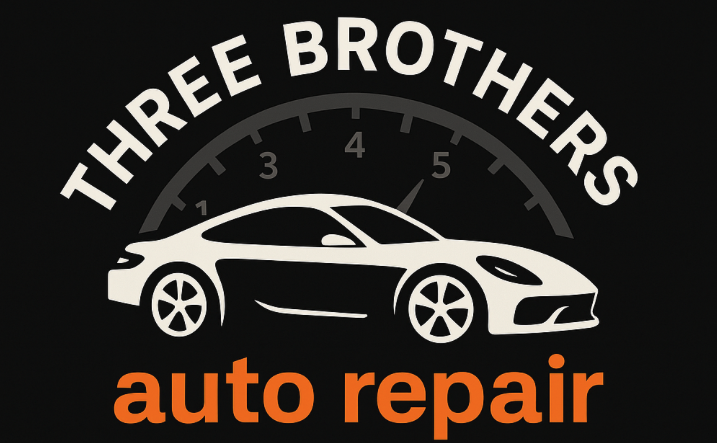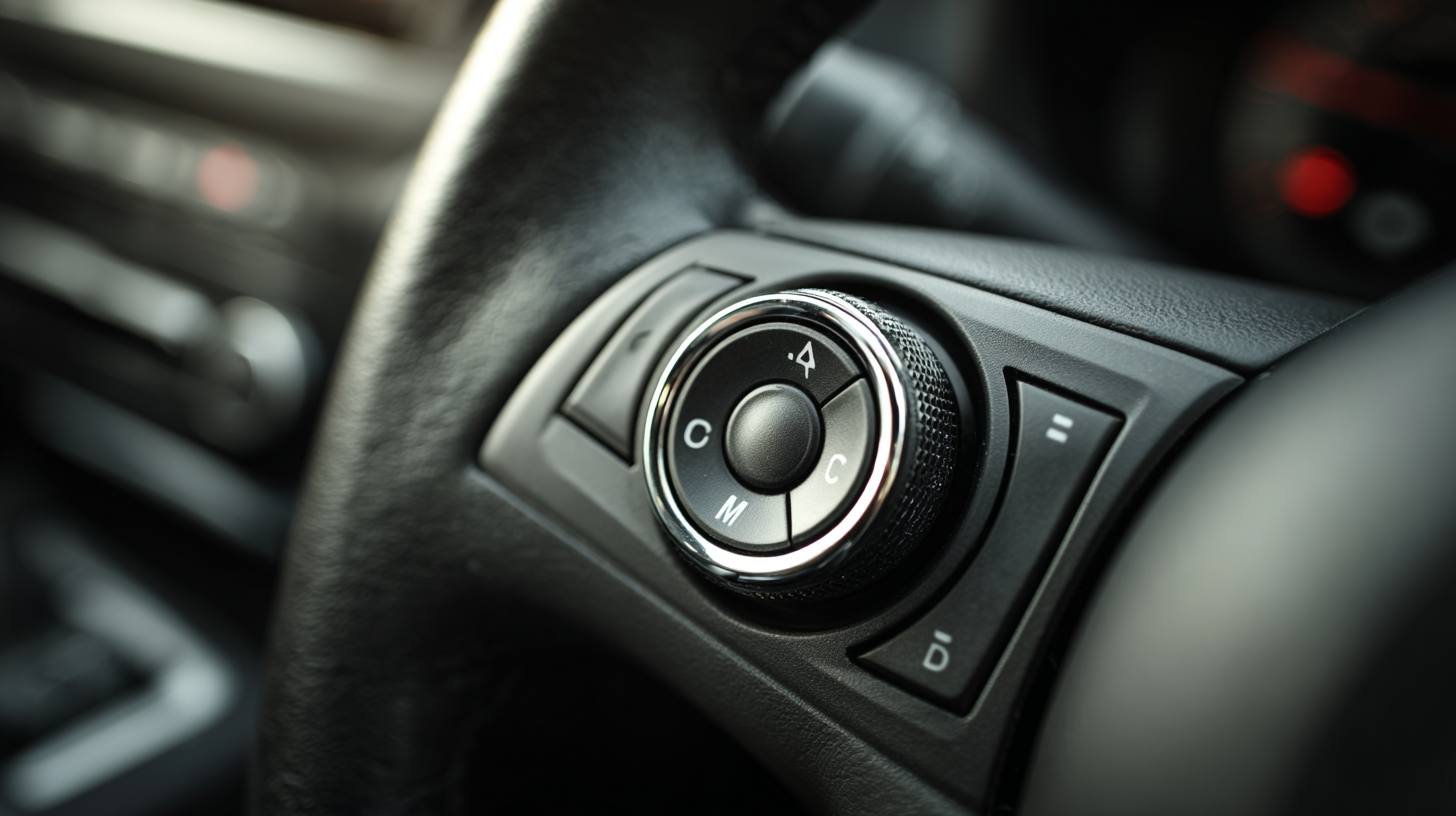Your car’s ignition switch might not be something you think about every day, but it’s vital for starting the engine and powering electrical systems. When the switch starts to fail, it can cause everything from flickering lights to leaving you stranded with a dead engine. At our New Jersey shop, drivers often see these symptoms and think the battery is to blame. In this article, we’ll explain the most common warning signs of a bad ignition switch and what they mean. By spotting these early, you can arrange repairs before they leave you stranded. Since the ignition switch controls many vehicle systems, its failure can mimic other problems and even affect safety features.
- Common Signs of a Bad Ignition Switch
- Common Causes of Ignition Switch Problems
- Diagnosing Ignition Switch Issues
- Ignition Switch vs Other Issues (Comparison)
- Don’t Ignore the Warning Signs
- How do I know if my ignition switch is going bad?
- Can a car still start with a bad ignition switch?
- Can a failing ignition switch cause my car to stall while driving?
- Is it dangerous to drive with a failing ignition switch?
Common Signs of a Bad Ignition Switch
As car repair professionals, we know that the following symptoms often point to ignition switch trouble:
-
Engine won’t start or crank. Turning the key produces no clicking or cranking sound, because the ignition switch isn’t sending power to the starter.
-
Car starts then stalls. The engine may fire up briefly but then die, as a faulty switch provides power only momentarily.
-
Flickering or dimming lights. Dashboard and interior lights (or even headlights) that flicker or dim unexpectedly are often due to poor electrical contact inside the ignition switch.
-
Electrical accessories cut out. Radios, power windows or air conditioning that randomly stop working can indicate the ignition switch isn’t powering the accessory circuit.
-
Key is hard to turn or gets stuck. Difficulty turning the key or it getting stuck in the ignition suggests wear in the ignition cylinder or switch assembly.
-
Random engine shut-offs. Your car might even stall suddenly while driving (for example, when going over bumps) if the switch loses contact.
-
Unexpected electrical warnings. A failing ignition switch can sometimes trigger warning lights (like the check-engine light) or cause other erratic electrical behavior, since sensors react to the unstable power.
Even one of these warning signs should prompt a check of the ignition switch by a professional.
Common Causes of Ignition Switch Problems
Various factors can wear down or damage the ignition switch over time. Common reasons include:
-
Wear and tear on switch contacts. Repeated key turns eventually wear out internal contacts or springs, especially in older or high-mileage vehicles.
-
Heavy keychains. Extra weight on your key ring pulls on the ignition and causes premature wear, so we recommend removing bulky fobs.
-
Corrosion or dirt buildup. Moisture, road salt, or dust can collect in the ignition switch, creating poor electrical contact.
-
Faulty wiring or connections. Damaged wires, loose connectors, or electrical surges (like jump-starts) can damage the switch.
-
Physical damage or tampering. If someone forced the key or tried to break into the ignition, it can bend or break components inside.
-
Extreme temperatures. Very high heat or freezing cold can degrade the switch’s internal components over time.
In New Jersey, factors like road salt and humidity can accelerate these wear-and-tear issues. Don’t wait — if any of these causes sound familiar, have our team take a look and replace the switch if needed.
Diagnosing Ignition Switch Issues
Troubleshooting often begins by ruling out other common problems before focusing on the ignition. Our approach usually follows these steps:
-
Test the battery and alternator first. At our shop we always check the battery charge and alternator output, since a weak battery can cause similar symptoms.
-
Inspect the ignition and key. Make sure the key isn’t worn or bent and that the ignition cylinder turns smoothly. Sometimes cleaning or a new key solves sticking problems.
-
Try the Accessory (ACC) position. Turn the key to ACC (before “Start”) and see if dash lights and radio power on. If nothing comes on, it’s a clue the switch may be bad.
-
Look for flickering power while driving. With the engine running, gently wiggle the key or move the steering. If lights flicker or the engine dies, it means the switch is losing connection.
-
Ask a professional. Replacing the ignition switch requires skill to avoid mistakes — if installed incorrectly, it could disable airbags or other safety features. A mechanic should handle the repair.
Ignition Switch vs Other Issues (Comparison)
Below is a quick comparison of common symptoms caused by a failing ignition switch versus other issues that might cause similar problems:
| Symptom | Ignition Switch Issue | Other Possible Cause |
|---|---|---|
| Engine won’t start/crank | Switch isn’t sending power to starter | Dead battery or bad starter motor |
| Engine starts then dies | Switch provides power only momentarily | Faulty fuel pump or engine sensor |
| Flickering or dim lights | Poor electrical contact in switch | Loose battery cable or bad alternator |
| Accessories cut out | Switch not powering ACC circuit | Blown fuse or low battery voltage |
| Car stalls while driving | Worn switch loses connection (esp. on bumps) | Failing fuel pump or ignition coil |
You can use this table as a quick guide. If your symptom appears under the ignition column, the switch is likely to blame; if it’s under the other column, another component may need attention. Of course, a thorough professional diagnostic (like the one we provide) is the best way to know for sure.
Don’t Ignore the Warning Signs
Driving with a failing ignition switch can leave you stranded or even be dangerous. For example, your car could stall unexpectedly in traffic. Since the ignition switch is tied into many systems, a malfunction could even interfere with safety features like airbags. If you notice any of the warning signs above — no start, stalling, flickering lights, hard-turning key, etc. — bring your vehicle to Three Brothers Auto Repair right away. Our expert technicians will thoroughly inspect the ignition system (and related components) and address any issues. We’ll make sure the switch is working properly and that no other electrical problems are lurking. Addressing the problem early can prevent a sudden breakdown and help keep you and your passengers safe. Serving drivers across New Jersey, we prioritize your safety and peace of mind on the road. Don’t let a bad ignition switch leave you stuck — contact our team for a professional checkup today. For any of these issues, call us at our shop anytime — we’re here to help keep you on the road. Remember, we’ve repaired ignition switches on all kinds of cars. Our priority is to fix the root problem, not just apply a quick fix. That’s why at Three Brothers we double-check the battery, fuses and starter when we replace a switch, to make sure your car stays reliable. If you suspect ignition trouble, getting it inspected and repaired now will save money and hassle later. We’re committed to honest service and safety.
-
How do I know if my ignition switch is going bad?
Common symptoms include flickering dashboard lights, stalling after start-up, or no response when turning the key. A quick diagnostic test at Three Brothers Auto Repair can confirm whether the ignition switch is failing.
-
Can a car still start with a bad ignition switch?
Sometimes, yes — but it may start inconsistently or stall soon after. Ignoring the issue can lead to complete ignition failure, so it’s best to have our technicians inspect it promptly.
-
Can a failing ignition switch cause my car to stall while driving?
Absolutely. A faulty switch can interrupt power to critical systems, causing sudden engine shutdowns. Our certified specialists can identify wiring or connection faults to prevent this risk.
-
Is it dangerous to drive with a failing ignition switch?
Yes. Driving with a bad ignition switch can lead to unexpected stalls, steering lock-ups, or loss of electrical control. We recommend scheduling service immediately to stay safe on the road.

